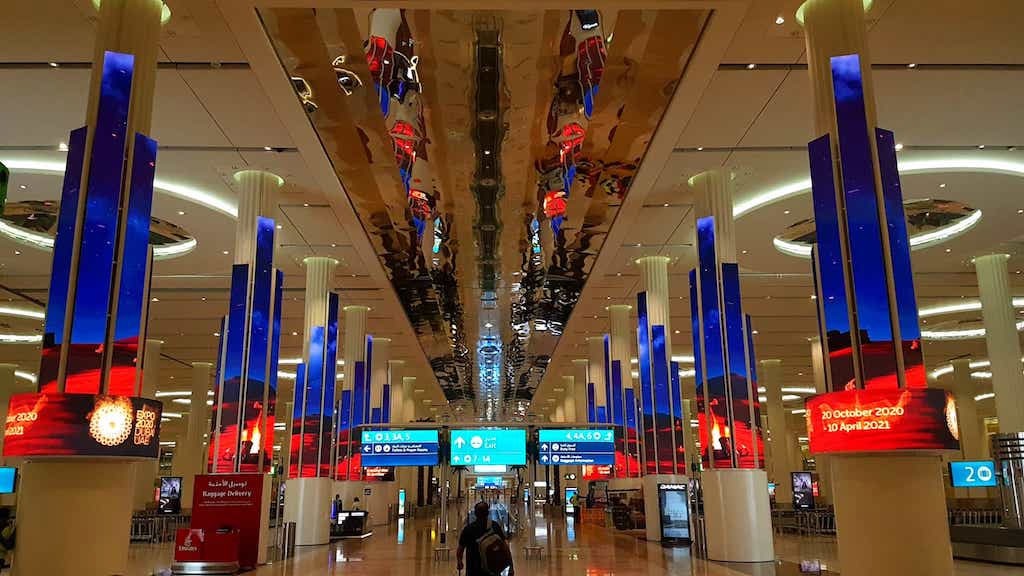
Not all 3D printing jobs go as expected. Prints may stop halfway, look different from the design, or break soon after finishing. These outcomes often come from simple problems that are easy to avoid once noticed. Taking a closer look at what might go wrong can make it easier to improve results in the future.
Poor design files
One of the most common reasons 3D printing in Riyadh projects fail is due to poorly designed files. A design that is not optimized for 3D printing may have errors that are not immediately visible. These issues can lead to print failures, weak structures, or poor finishes. It’s essential to ensure that the design file is free of errors and properly formatted for the specific 3D printer being used.
Incorrect printer settings
Using the wrong settings for the type of material or object being printed is another frequent cause of failure. Settings such as temperature, speed, and layer height must be adjusted based on the material being used, the complexity of the print, and the printer’s capabilities. If the settings are incorrect, the print may fail or the finished product may be of poor quality.
Low-quality materials
The choice of material used in 3D printing plays a significant role in the success or failure of a project. Low-quality filament or materials that is not suited for the specific project can cause issues such as warping, poor adhesion, or weak structures. It’s key to use high-quality, compatible materials to ensure the finished product meets the desired standards.
Insufficient printer calibration
Proper calibration of the 3D printer is essential for a successful print. If the printer is not calibrated correctly, it may lead to layer misalignment, uneven extrusion, or poor adhesion to the print bed. Regular maintenance and calibration can prevent these issues and improve the overall quality of the print.
Inadequate post-processing
Once a 3D print is completed, post-processing is often necessary to improve the finish and strength of the final product. Failing to properly clean, sand, or cure the print can lead to imperfections and reduced durability. It’s important to follow post-processing steps carefully to achieve the desired outcome.
Overly ambitious projects
Trying to print highly complex designs or objects that exceed the printer’s capabilities is another common cause of failure. Large prints or intricate details may result in failure if the printer is not equipped to handle such complexity. It’s important to consider the printer’s limitations and the scale of the project when designing for 3D printing.



